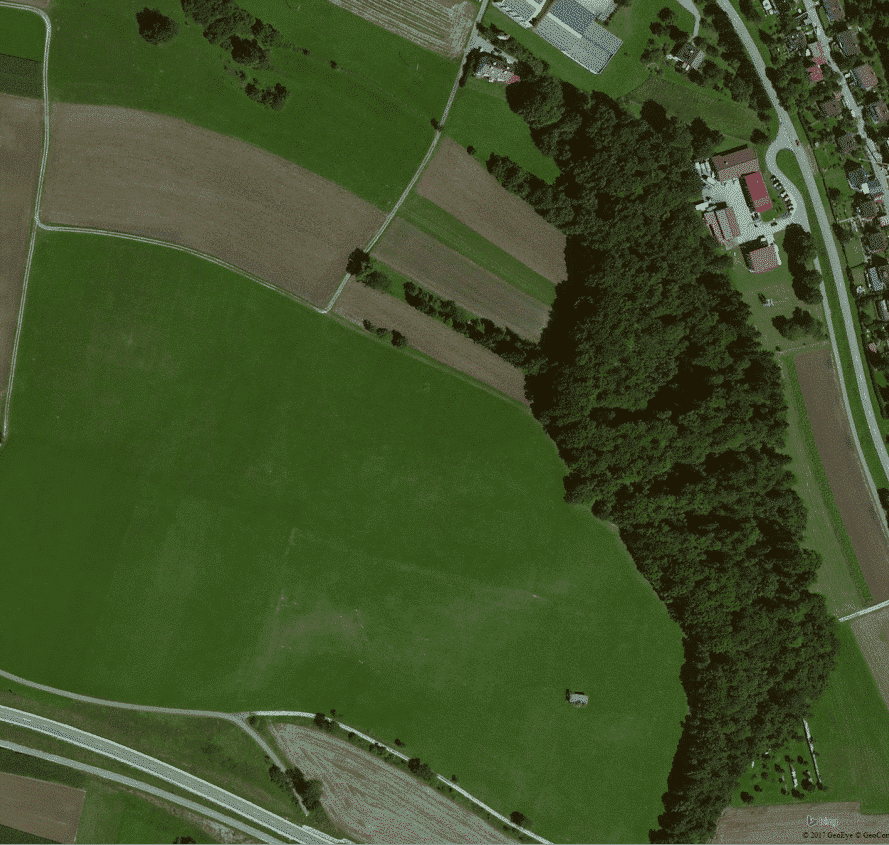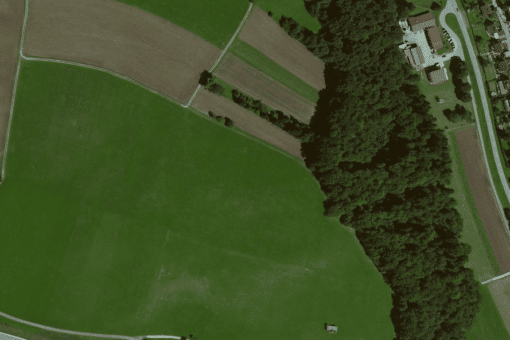Upscaling exploratories data to understand the drivers of landscape multifunctionality
A major challenge in biodiversity-ecosystem functioning (BEF) research is to upscale biodiversity-functioning relationships to the landscape scale and demonstrate the role of biodiversity in driving the supply of multiple ecosystem services (landscape multifunctionality). In the BEF-Up project of the last exploratories phase, we related the biodiversity and ecosystem services of grasslands to both within-plot management and the biodiversity and landscape properties of the surrounding areas. The knowledge gained is now being used to upscale grassland ecosystem services to the landscape level. Meanwhile, in the social science SoCuDES project, we are collecting data on stakeholder ecosystem service preferences.
In BEF-Up II we will extend the approach of BEF-Up to forests and croplands, and use this information to build a GIS-based model of ecosystem service supply (WPs1&2). We will produce maps of ecosystem service supply for most major ecosystem services of the three regions. These will then be combined with the SoCuDES data on ecosystem service demand to generate measures of landscape level ecosystem service multifunctionality. Changes to stakeholder demands, land management, and biodiversity will then be simulated in the GIS model to assess how these changes would affect the supply of a wide range of ecosystem services (WP3).
This work will advance biodiversity-ecosystem function research and the Biodiversity Exploratories project by linking the detailed plot measures of the exploratories to the wider social-ecological system. BEF-Up2 is a significant gain for the overall Biodiversity Exploratories project, as it aims to place its results in a broader societal context.











